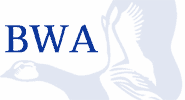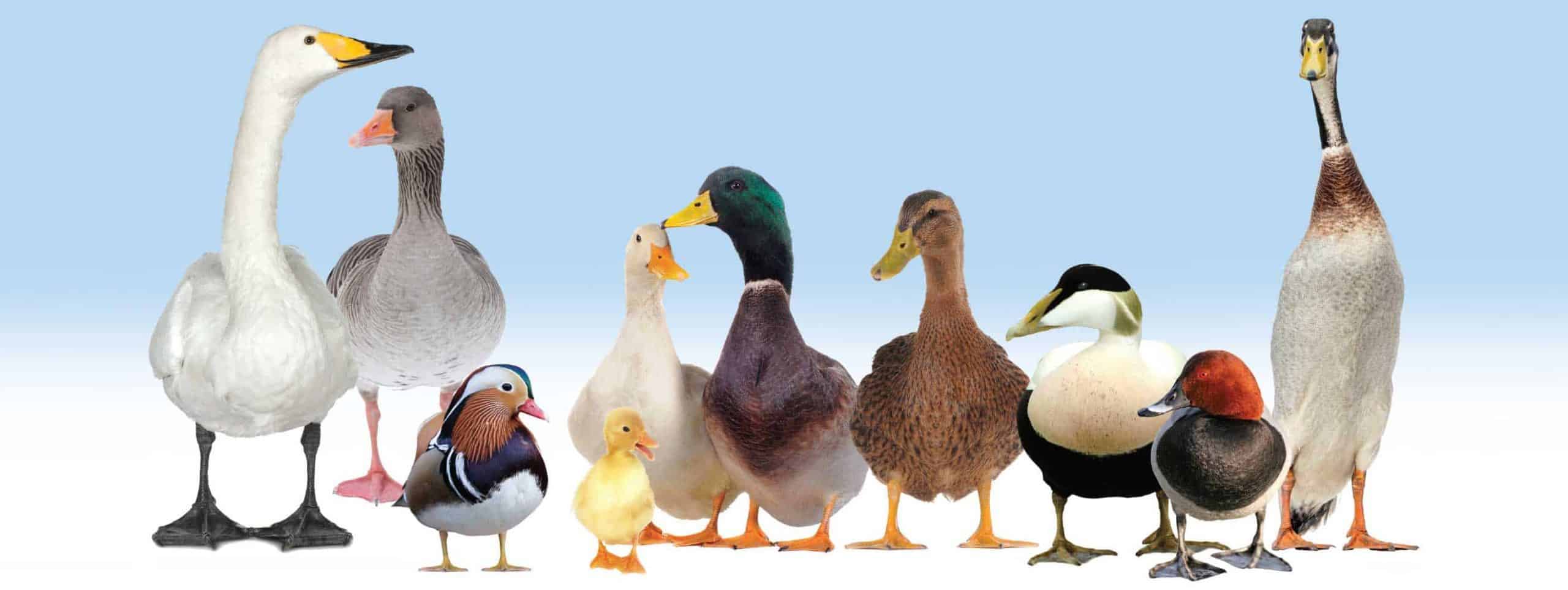This breed was formerly classified as a light duck, but is now generally in a class of its own due to its popularity. Interbred with other types, the Runner contributed to the ancestry of nearly all the light duck breeds, which have a lower carriage than it. There are now fourteen standard colours in the UK, and several more in Australia and Germany. The Bali is a crested Runner but is still judged as a light duck, the crest being an important additional criterion in judging.
Conventionally known as the ‘Indian’ Runner, its origin was finally pinned down by Walton (1909) to the East Indies, though the Dutch probably knew this much earlier because of the connection of the Dutch East India Company with Batavia (Jakarta) in Java.
Runner Ducks have a fascinating and controversial history. First imported into Britain in about 1835, and existing in the Earl of Derby’s collection, they became most famous in Cumbria and Dumfries. The Cumbrian Runners were described, imported, bred and exhibited by a succession of enthusiasts such as Donald, Digby, Walton and Smith. The first standard of perfection was accepted by the Waterfowl Club in 1897, and included in the second edition of The Poultry Club Standards in 1901.
The purists fought hard to champion their breed against the utility brigade, who labelled the Runner Duck the ‘penguin monstrosity’. Aided also by Reginald Appleyard, the Misses Davidson and Chisholm and Dr Coutts, it survived and is still a popular show bird today.
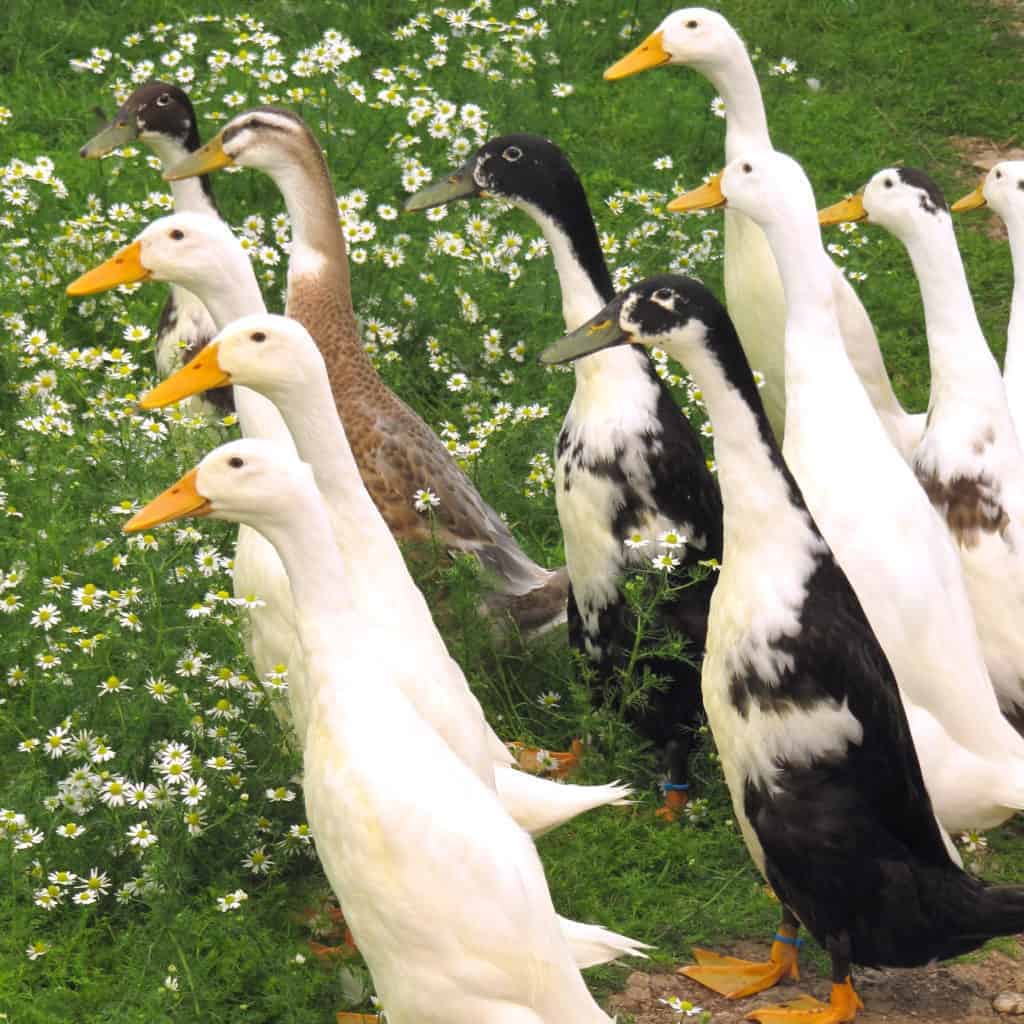
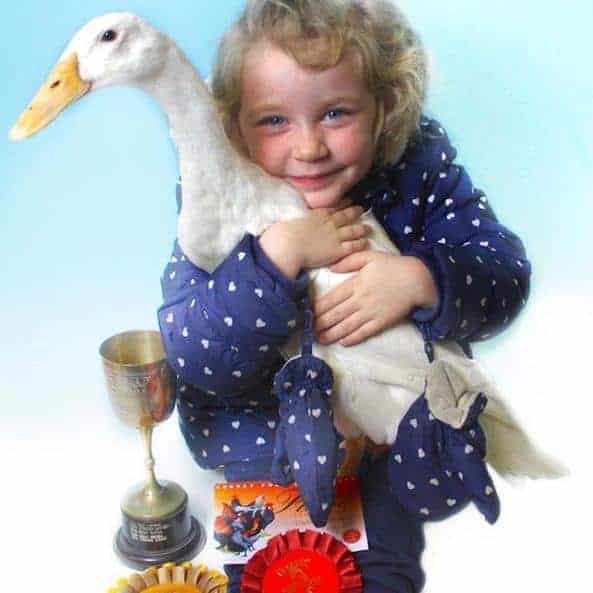
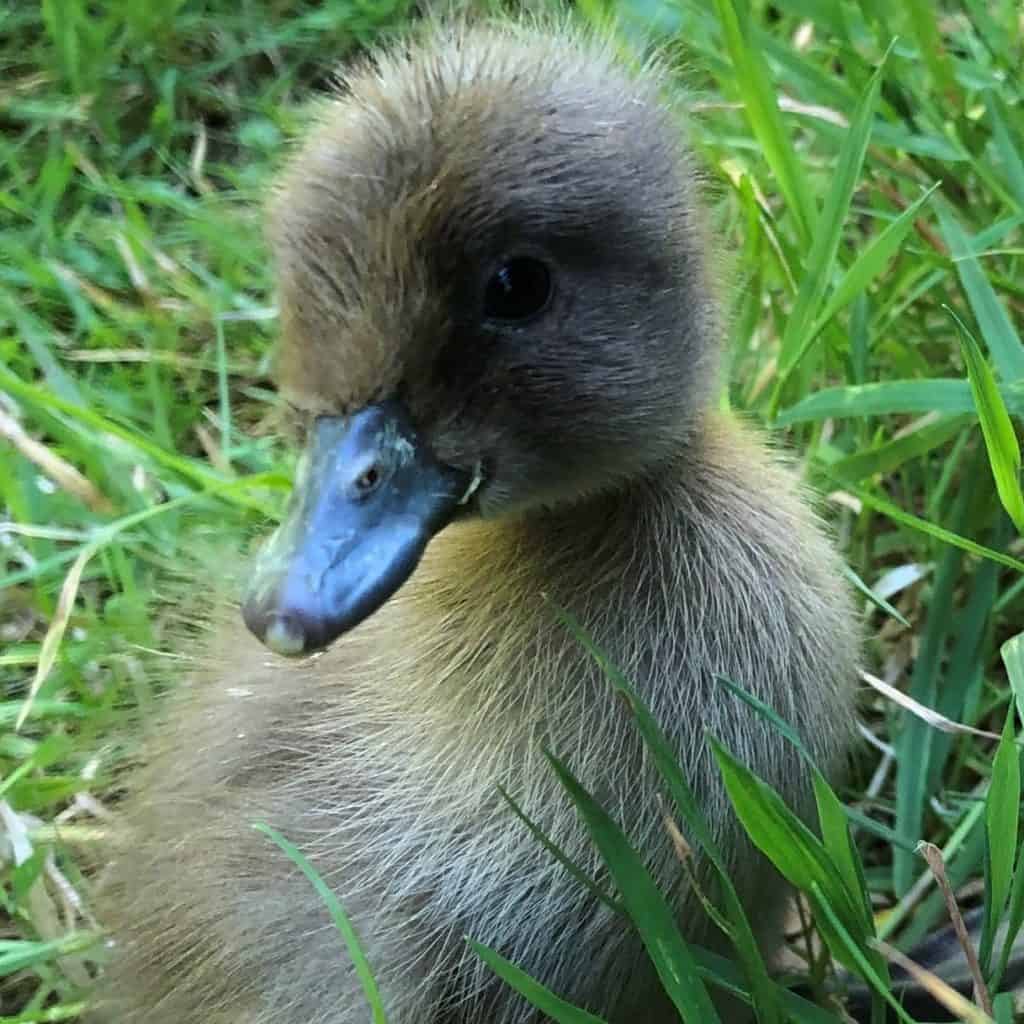
Many enthusiasts are happy to keep these ducks as pets and slug-consumers par excellence. They are used on organic farms and vineyards for pest control; content in a large flock and not much given to flying, they are easy to manage. There is however, a huge following both in Europe and North America for showing Runner Ducks.
The Fawn, the White and the Fawn & White were standardised by 1913; several others were added in the inter-war years.
Recently, several new colours have been introduced from Germany, and some also developed in Britain. The Germans have standards for their Silber-wildfarbig, and Erbsgelb and Blau-gelb (Apricot Trout) Runners. In the UK, one or two blue genes have been added to the Fawn colour, creating the Blue Dusky and Apricot Dusky Runner Ducks.
For a colour to be standardised, it must breed predictably. With a basic understanding of colour genotypes, this can be achieved.
To reach perfection in any standard, understanding and rigorous segregation is imperative. A mishap in the breeding department can undo many generations of patient breeding.
In published Standards, the colour names and descriptions try to match those traditionally used and recognised across the waterfowl breeds.
The following Runner Duck colours are standardised:
- White
- Fawn
- Blue Dusky
- Apricot Dusky
- Mallard
- Trout
- Blue Trout
- Apricot Trout
- Silver
- Fawn & White
- American Fawn & White
- Black
- Chocolate
- Cumberland Blue
